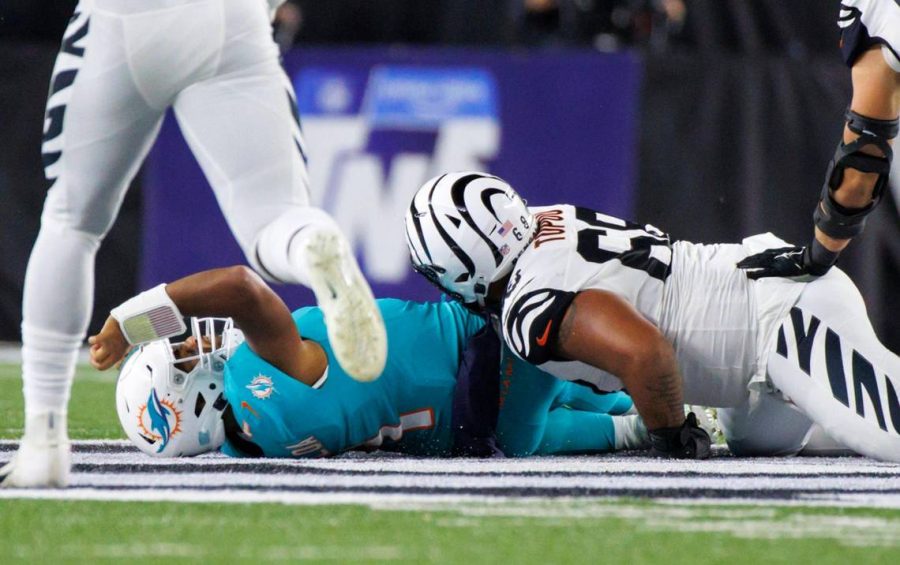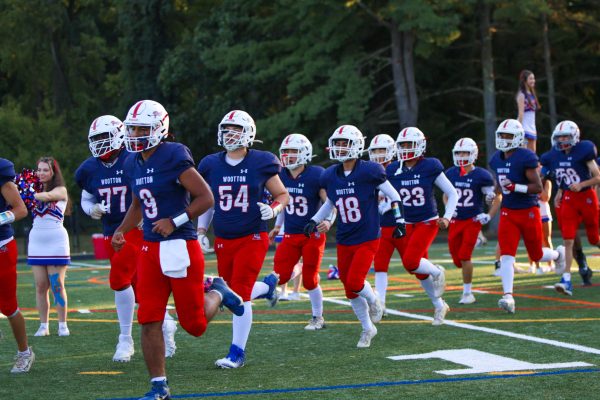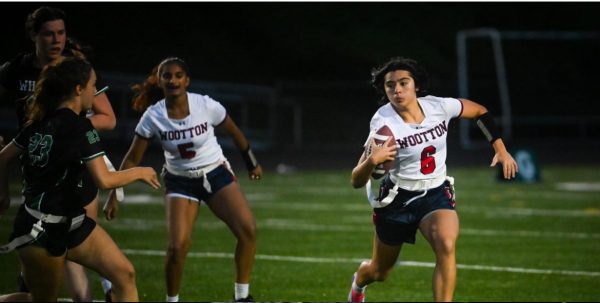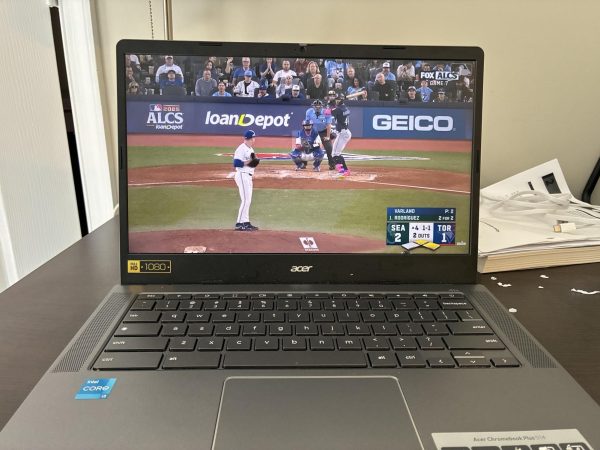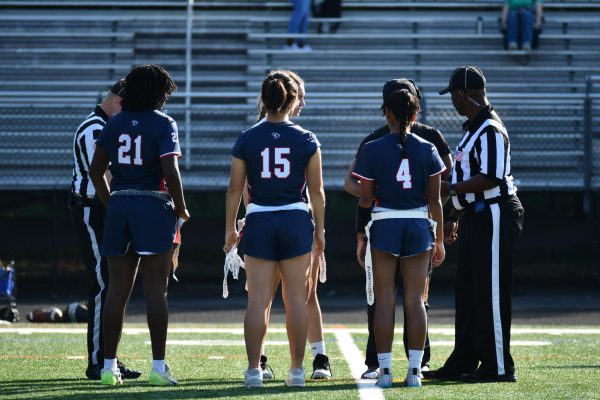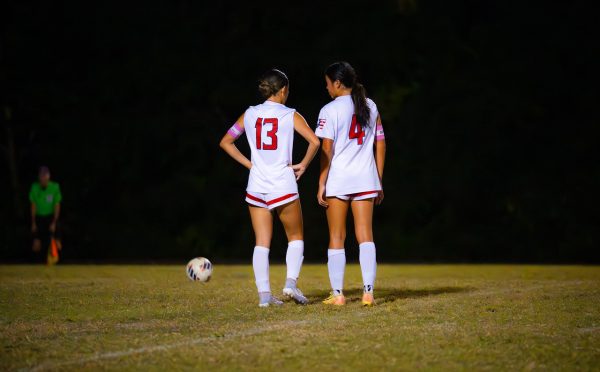Dolphin’s quarterback suffers concussion, leaves fans questioning NFL’s player safety
Photo use with permission from Wikimedia Commons
Miami Dolphins quarterback Tua Tagovailoa get sacked in a game against the Cincinnati Bengals, resulting in a severe concussion.
In week four of the NFL season, Miami Dolphins quarterback Tua Tagovailoa suffered a severe concussion that left him unconscious. Four days later, he suffered another concussion that left viewers with a horrifying sight: Tagovailoa’s hands sticking up in the air, and fingers jutting out in all directions, while he lay unconscious on his back. This raised some questions regarding the NFL’s concussion protocol and player safety surrounding concussions.
The NFL’s current concussion protocol consists of five phases that a player must pass in order to return to play. If a player’s symptoms come back during a phase, they must repeat that phase the next day until they complete a phase without any symptoms. If a player comes back from a concussion too early and suffers another concussion, they can get permanent brain damage, which can lead to them developing Chronic Traumatic Encephalopathy (CTE).
This season in particular, player safety has been called into question. Whether it’s a player returning too soon from a concussion, or a violent hit that results in helmet to helmet collisions, the NFL is cracking down on concussions. “I hear all the time about players getting concussions in the NFL,” junior Zo Singh said.
Despite this, Tagovailoa’s injury showed a failure in the NFL’s ability to prevent serious brain damage. During his week 4 game against the Buffalo Bills, Tagovailoa was slammed to the ground, resulting in his head bouncing hard off the ground. After stumbling off the field, Tagovailoa “passed” his concussion check and returned to the helm of the Dolphin’s offense three plays later. Four days later, during his Thursday night bout against the Cincinnati Bengals, Tagovailoa was again slammed to the ground hard. But the ensuing injury was much more terrifying than a standard concussion. “I was scared when watching the game. I had no idea what he was doing,” senior Henry Zhang said.
The resulting injury left Tagovailoa unconscious, with his arms and hands sticking up above him. This reaction to his head slamming the ground, known as a fencing response, suggests that Tagovailoa may have suffered from brain damage to his cerebral cortex. After being stretchered off the field and flying home with the team, Tagovailoa only missed one game and was back on the field two weeks after the injury. Many concussion specialists, TV personalities, and regular viewers criticized the NFL and the Dolphins for how they handled Tagovailoa’s injury. “I couldn’t believe he was back on the field so soon after both concussions,” junior Kaitlin Mariani said.
Tagovailoa got out lucky, receiving no present serious injuries. He is however at an elevated risk of getting CTE later in life since the concussions happened four days apart. Player safety is the NFL’s number one priority, with associations within the league such as the NFL Player’s Association (NFLPA) fighting for the players on a daily basis. But, this incident with Tagovailoa raises the question: Is the NFL doing enough to protect its players?
Your donation will support the student journalists of Thomas S. Wootton High School. Your contribution will allow us to purchase equipment and cover our annual website hosting costs.
Evan is a 2023 graduate.


